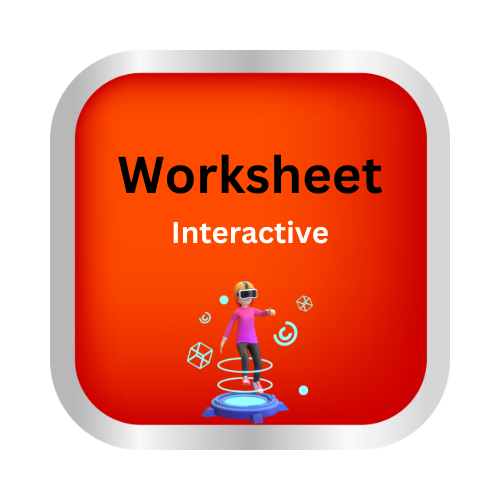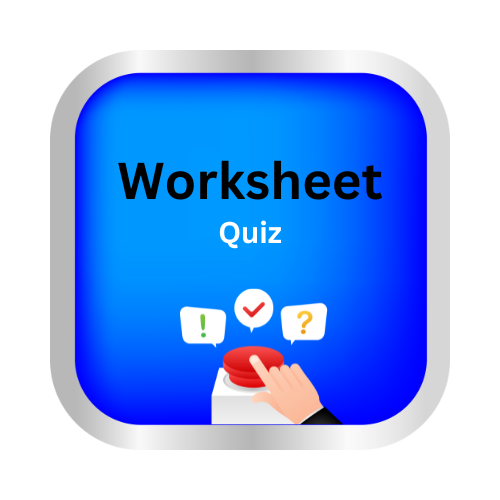Convert between place values – tens and ones
key notes:
Understanding Place Value:
- Explain that a digit’s value depends on its place (ones, tens).
- The rightmost digit represents ones, and the digit to its left represents tens.
Decomposing Numbers:
- Break numbers into tens and ones (e.g., 34 = 3 tens + 4 ones).
- Practice writing numbers in expanded form, such as 34 = 30 + 4.
Counting by Groups of Ten:
- Demonstrate counting in groups of ten and adding any remaining ones.
- Example: 10, 20, 30, then add ones to reach numbers like 34.
Regrouping Between Tens and Ones:
- Show how 10 ones can be regrouped as 1 ten.
- Practice regrouping exercises such as changing 23 ones to 2 tens and 3 ones.
Manipulatives and Visual Aids:
- Use base-10 blocks, ten-frames, or place value charts to visually demonstrate the concept.
- Drawings of bundles of sticks (10 sticks per bundle) can represent tens, with single sticks as ones.
Conversion Examples:
- Convert numbers between forms, such as:
- “How many tens and ones are in 45?” (Answer: 4 tens and 5 ones)
- “What is 3 tens and 8 ones?” (Answer: 38)
Learn with an example
🎈 Solve: 7 tens = _________ ones
- Now work out how many ones you can make from 7 tens. Count by tens.
- 7 tens = 70 ones
🎈 Solve: _____ tens = 60 ones
- Now work out how many tens you can make from 60 ones. Count by tens.
- 6 tens = 60 ones
🎈 Solve: 3 tens = _______ones
- Now work out how many ones you can make from 3 tens. Count by tens.
- 3 tens = 30 ones
Let’s practice!🖊️

